This Year in Jerusalem: Kotel, Colleagues and Halvah
Prof. Miriam Elman chronicles her 4 days in the Holy City
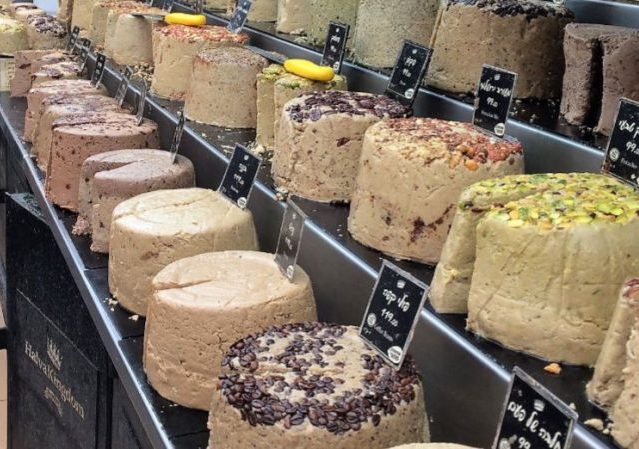
This past week I took a short but memorable and rewarding trip, both professionally and personally, to one of the holiest cities on the planet.
Below I chronicle my 4 days in Jerusalem. Most of the images are personal photos and many were shared on Facebook, so I’ve included those posts as well. Enjoy!
-
Eating My Way Through Jerusalem’s Machane Yehuda Outdoor Market
As any American who has flown to Israel or other parts of the Middle East knows, the key to adjusting to the time difference and getting over jet lag from the transatlantic flight is to stay awake upon arrival. My goal for Day 1 (July 2nd) was to drop off my luggage and keep busy throughout the day.
My hosts (see below) put me up at a charming small hotel nestled in the Jerusalem neighborhood of Rehavia. This gave me the opportunity to spend much of the afternoon wandering around the bustling outdoor market (shuk) of Machane Yehuda, a short walk from the hotel.
This shuk is an iconic landmark for tourists, but in recent years its also become a popular and trendy place for Israelis and Jerusalemites for shopping and eating delicious food.
The delectable sights and smells are out of this world. Check out below the array of spices at just one of the dozens of stalls in the market, and the varieties of halvah (a popular Middle Eastern desert) that one shop was selling:
Halvah is typically made from sesame tahini. It’s a candy desert that’s pareve (neither meat or dairy) so its always been popular in Israel where many keep kosher. In central NY I can only buy pre-packaged Joyva halvah in two flavors—marble and chocolate. But at this one stall in Machane Yehuda (see above and this post’s featured image) there were over two-dozen huge blocks of halvah in every type of flavor imaginable.
I had such a great time at Machane Yehuda that I went back for lunch the next day, where I had a delicious Middle Eastern desert called Kanafe, cooked up to order:
-
A Memorable Experience at the Western Wall (Kotel)
I always make a point of visiting the Western Wall (the Kotel) when I’m in Jerusalem.
As we’ve noted in many prior posts, although it’s not Judaism’s most sacred place, Jews have to make do with praying at the Kotel. Because of an absurd and inherently illiberal arrangement known as the ‘status quo’, non-Muslims aren’t permitted to pray or show any kind of religious worship on Judaism’s actual holiest site—the Temple Mount (Har HaBayit):
- Temple Mount, Passover 2016: Muslims Riot, Harass Visitors
- Jewish Day of Mourning Greeted by Palestinian Riots on Jerusalem’s Temple Mount
- Israel Finally Outlaws “Temple Mount Screamers”
Basically, Jews have access to the Temple Mount but even mumbling a blessing, shedding a tear, saying the Hebrew word for the place, or picking up a leaf from the ground while visiting there is considered an unacceptable “provocation” that can get you detained by police or thrown off the site, Islamist Supremacy at Temple Mount: US Congressmen detained after falsely accused of praying.
Sometimes even access to the place is denied to non-Muslims for extended periods of time. You can read my post from several years ago about how my plans to ascend to the Temple Mount were derailed on account of violent rioting during the Muslim holiday of Ramadan, which prompted Israeli police to close the place to Jews including tourists, Non-Muslims Banned from Temple Mount During Ramadan – Including ME!.
On this trip, I didn’t have the time to stand in the long queue of people waiting to be admitted up to the Temple Mount, so my plan was to make a pit-stop at the Kotel before meeting up with friends and colleagues for lunch and dinner (see below).
Visiting the Kotel is always a meaningful experience.
But my visit on July 3rd was especially moving on account of the hundreds of young Jewish Israeli teens who were there at exactly the same time I was. It was inspiring to see these young Israelis dancing and singing at the Kotel, the holiest site for Judaism in which Jews are permitted to pray:

-
Meetings with Colleagues and Friends
Because the conference where I was presenting (see below) didn’t start until Wednesday, July 4th I had some time to meet up with several colleagues whose work and activities we’ve highlighted in many prior posts.
Meeting with Marcus Sheff
My first visit was with Marcus Sheff, Chief Executive Officer of the Jerusalem-based IMPACT-se (Institute for Monitoring Peace and Cultural Tolerance in School Education). Among its many projects, it focuses on raising awareness about the vehemently anti-Israel and pro-jihadi content in Palestinian Authority-approved textbooks for children in PA schools and those run by UNRWA too.
We’ve covered these IMPACT-se reports in several prior posts, including the efforts by Sheff and his colleagues to bring this shameful issue to the attention of governments that fund the PA:- Sen. Todd Young: Palestinian Authority-supplied textbooks for UNRWA schools “promote violence and support martyrdom”
- New Palestinian Authority textbooks teach “martyrdom as a life goal”
I met with Sheff in a lovely little café (Lechem Tomer—trans. “Tomer’s Bread”) near my hotel. I was eager to hear about IMPACT-se’s many recent successes and Sheff confirmed that his organization has been making significant headway in Europe, and most recently in Britain.
“You put something in the mind of a nine-year-old, be sure that it will never leave them.” @marcusjsheff @NGOMonEurope @IMPACT_SE pic.twitter.com/wT8bMIeDtA
— European Jewish Congress (@eurojewcong) April 26, 2018
The British government has announced that it will conduct a review of the educational materials produced by the PA. A scathing critique of the use of British aid money to fund an educational curriculum that teaches hate and glorifies terrorism was also delivered this past week in the House of Common by the UK parliamentary group Labour Friends of Israel (LFI), which relied on IMPACT-se reports to make its case.
As for the U.S., Sheff thinks there should be more support for a bipartisan congressional bill that was introduced last month and which IMPACT-se helped draft. The bill calls for the State Department to annually verify whether the textbooks used by the PA and UNRWA meet the UNESCO guidelines for teaching peace and tolerance. Sheff is hopeful that it will advance as more lawmakers learn about how the PA educational materials undermine the prospects for peace by demonizing Israel and encouraging violence.
Members of Congress have introduced a bipartisan bill to review Palestinian textbooks that “demonize Israel, encourage war, and teach children that Palestinian statehood can be achieved through violence." https://t.co/JSgpVcvCz4
— Algemeiner (@Algemeiner) June 12, 2018
Meeting with Arnold Roth
After hearing all the good news about IMPACT-se, I headed out for dinner with Arnold Roth. We met in a neighborhood restaurant within walking distance of my hotel—Al Dente in the Nahla’ot area off Ussishkin Street (excellent food and definitely not a tourist-trap).
In many prior posts, we’ve written about Roth’s multi-year effort to bring Ahlam Tamimi, the murderer of his teenage daughter Malki, to American justice. Here are a few of our prior posts about it (others can be found at this tag):- Parents of Murdered U.S. Teen Appeal to Public for Help in Extraditing Terrorist from Jordan
- Jordanian High Court rejects U.S. extradition request for Ahlam Tamimi
- Never forget: Sbarro Pizzeria Massacre, Jerusalem, Aug. 9, 2001
Basically, as we highlighted in our posts, the problem is that Tamimi is now living in Jordan where she is adored and treated like a national hero. Her masterminding of the heinous attack on Jerusalem’s Sbarro pizzeria in 2001 isn’t considered terrorism but a “heroic act of national armed struggle” for Palestinian self-determination, so that’s why she’s shielded by Jordan’s regime and its courts and is so admired in Jordan and celebrated across the Arab and Muslim world.
Roth told me that at the moment his efforts to have this depraved woman extradited to the U.S. have been stalled by a combination of factors:
- the U.S. government’s apparent unwillingness to pressure Jordan into extraditing, despite the fact that the arguments that Jordan has given for refusing the request are either “odd” or “not true”; and
- Israel’s alleged lack of interest in helping the U.S. press Jordan for extradition lest Tamimi’s prosecution on U.S. federal charges make future terrorist/prisoner-swap deals harder to do in the future.
During our meeting, Roth’s frustration with the U.S. government—especially the State Department—was palpable.
There’s now an unsealed 2013 U.S. criminal complaint against Tamimi, a $5M reward on her head and an FBI Most-Wanted-Terrorist poster in English and Arabic displayed at the U.S. Embassy in Amman.
But these positive developments came about only after pressure over many years to make them happen. So Roth—the bereaved parent of a U.S. terror victim—isn’t convinced that there’s any actual policy to bring Tamimi to trial in the U.S.
He told me that the government seems to just be “going through the motions” of claiming that it wants to bring her to justice when the reality is that it has no real plan for doing so. He’s particularly baffled by all the stonewalling, the “mystifyingly slow decision-making” and the unresponsiveness of relevant State Department officials.
His thinking is that the Justice Department and FBI are committed to getting justice for Malki and the other Americans killed and severely wounded in Tamimi’s mass murder and that the problem likely lies with other branches of the U.S. government. They’re reluctant to “annoy the Jordanian government” and an important U.S. ally with multiple requests to have Tamimi taken into custody and to extradite her.
It’s clear that Roth is losing faith in the U.S. government. He also doesn’t think that any members of Congress will help either (at this time, no legislator had shown any willingness to assist). So Roth told me that for now his options are limited. He’s continuing to raise awareness and hopes that more media outlets will be willing to “shine a light” on his hunt for justice and that investigative reporters will take up the story and get to bottom of why it’s proving so difficult for the U.S. to apprehend and put on trial the murderer of his child.
This meeting left me very sad and also furious at the same time by the obvious fact that politics is continuing to get in the way of justice and what U.S. law requires when Americans are harmed abroad in acts of terrorism.
It’s worth noting that Trump isn’t really handling this any differently than Obama did. Jordan’s King Abdullah has been repeatedly hosted by the President at the White House, and many meetings between Abdullah and other administration officials have taken place in Washington. But Roth says that never once has the issue of Tamimi’s extradition come up in any of these visits.
Meeting with Gerald Steinberg
I did manage to stay busy and awake on the first day of my trip and got a good night’s sleep. On Day 2, I headed out to Jerusalem’s Talpiot neighborhood. There, I met Gerald Steinberg who directs NGO Monitor, among Israel’s foremost watchdog groups.
Over the years, we’ve highlighted many NGO Monitor reports. Recent posts have focused on its research which exposed the funding network of the (non-Jewish and not-for-peace) Jewish Voice for Peace and that documented UNICEF’s reliance on data provided by a host of virulently anti-Israel Palestinian NGOs, some of which have ties to terrorist groups:- Anti-Israel ‘Jewish Voice for Peace’ funding network revealed
- UNICEF: Another NGO corrupted by anti-Israel politics
Steinberg filled me in on NGO Monitor’s continuing efforts to reign in the political power of a narrow group of unaccountable and polarizing NGOs that operate in Israel with substantial funding from foreign, primarily European, governments (see his recent article on the issue).
Throughout our conversation, we kept coming back to the Rockefeller Brothers Fund (RBF) which provides considerable levels of funding to vehemently anti-Israel and pro-BDS (boycott, divestment and sanctions) organizations in both Israel and the U.S.—some of which have been alleged to have connections to terrorist groups. So far though, this exposure of RBF’s funding hasn’t pushed American Jewish communal organizations—like the ADL or AJC—to publicly condemn it.
-
Conference Hosted by Jerusalem’s Yad Izhak Ben-Zvi
The last two days of my trip were spent with the organizers and fellow participants of Yad Izhak Ben-Zvi’s conference on the national, international, and religious status of the city of Jerusalem in modern times.
Established in 1969, Yad Izhak Ben-Zvi is a prominent think tank named after Israel’s second president and located in Rehavia (about a block away from my hotel). The primary mission of its Institute for Research on Eretz Israel, which hosted the conference, is to promote cross-disciplinary research about the land of Israel from antiquity to modern times and to advance the scholarship, while also informing the general public.
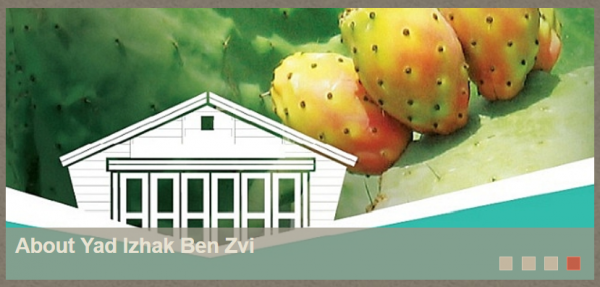
I delivered the opening remarks at the conference which included more than two dozen Israel-based scholars and practitioners from across the country’s premier universities, colleges and institutes. I said a few words about my own work on the city and summarized the state of the field of Jerusalem Studies. Mine was the only talk delivered in English, but I managed to follow along with the rest of the proceedings just fine, my Hebrew not as rusty as I had expected.
It was very special to be the only professor outside of Israel to speak at the conference and at its opening session, where my talk followed Israel President Reuven Rivlin’s welcome and greetings streamed via video.
Most impressive was how many Jerusalem residents came to the sessions.
Over 400 people pre-registered to attend, requiring livestreaming of the proceedings to an overflow room in addition to the main hall. The conference spanned two 10-hour days, with nearly 30 scholarly presentations, yet most of those in the audience stayed until the very end on both days. I noticed that many were even taking copious notes.
I learned a lot at the conference from experts across a remarkable range of disciplines. Here’s just a few of the insights about Jerusalem that I didn’t know before:
- In 1898 when Theodor Herzl embarked on his famous mission to Jerusalem in order to advocate for Zionism in a meeting with the Emperor of Germany Kaiser Wilhelm II, he arrived with his entourage at the start of the Jewish Sabbath. Not wanting to offend the city’s religious residents, he insisted that the delegation walk in to the city by foot—and this was despite the fact that Herzl was unwell at the time and had a raging fever;
- Prior to the April 1920 pogrom against Jerusalem’s Jewish community, the British were well-aware that violent riots could erupt during the Muslim holiday of Nebi Mussa, when large crowds were drawn to the Old City. Nevertheless, the British authorities didn’t disarm the Arabs or allow the Jews to organize an appropriate self-defense;
- For years prior to the British mandatory period, there were very high death rates in Jerusalem from malaria (over 1,000 died in the city per year from the disease). But within a few years of British administration of Jerusalem, malaria was virtually eradicated;
- Pre-state Israel had one of the first modern women’s suffrage movements in the world, which developed in Jerusalem as well as in Jaffa, Haifa and Tel Aviv;
- The Arab opposition to Zionism wasn’t really a national movement but was instead very much tied to the Husseini family and to Haj Amin al-Husseini in particular. It was a means of wresting political power from other Palestinian clans, primarily based in Jerusalem;
- Because of Jordan’s unwillingness to abide by the terms of the armistice and the physical separation of Jews from their holy sites in the eastern part of the city between 1948-1967, various sites in west Jerusalem—including Mount Herzl—took on a religious significance.
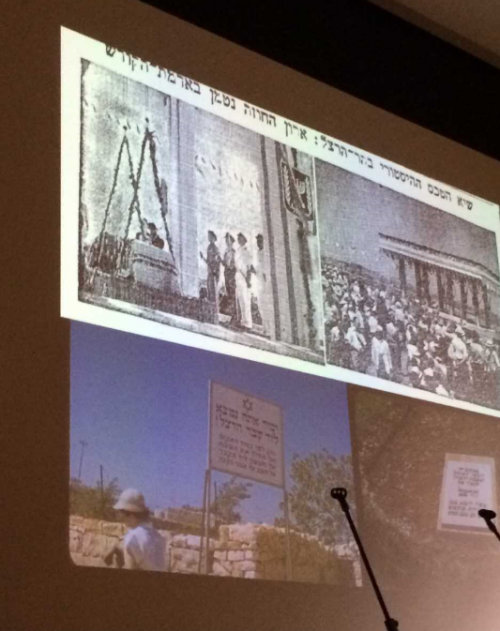
[ Herzl re-interred at Mount Herzl, Jerusalem | Newspaper headline reads he is buried in “holy ground” | credit: Yad Itzhak Ben-Zvi]
Conclusion
Jerusalem can’t really be visited properly in just 4 days. There’s too much to see and do in Israel’s amazing capital city, so if you go I’d recommend setting aside at least a week.
Miriam F. Elman is an Associate Professor of Political Science and the Inaugural Robert D. McClure Professor of Teaching Excellence at the Maxwell School of Citizenship & Public Affairs, Syracuse University. She is the editor of five books and the author of over 65 journal articles, book chapters, and government reports on topics related to international and national security, religion and politics, and the Israeli-Palestinian conflict. She also frequently speaks and writes on the Boycott, Divestment, and Sanctions (BDS) anti-Israel movement. Follow her on Facebook and Twitter @MiriamElman
 DONATE
DONATE
Donations tax deductible
to the full extent allowed by law.

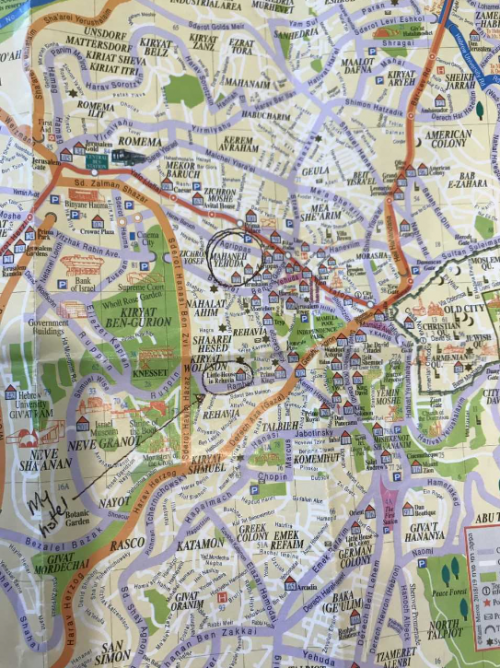
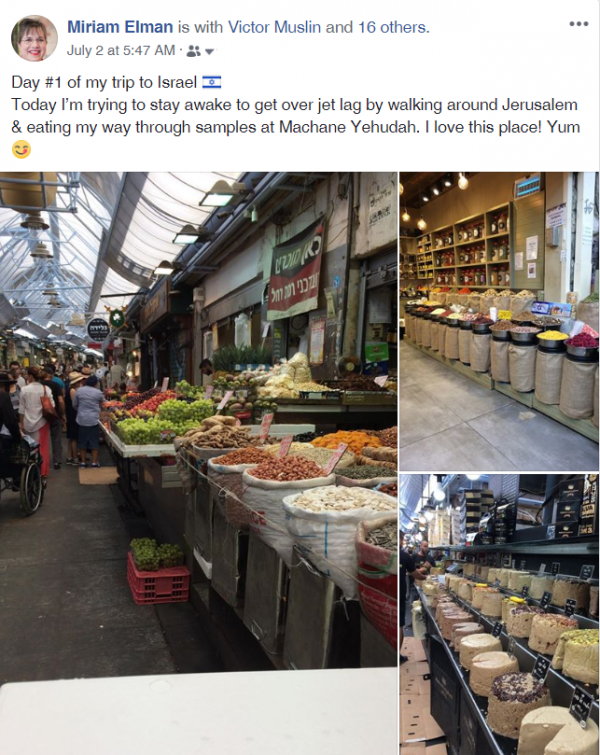
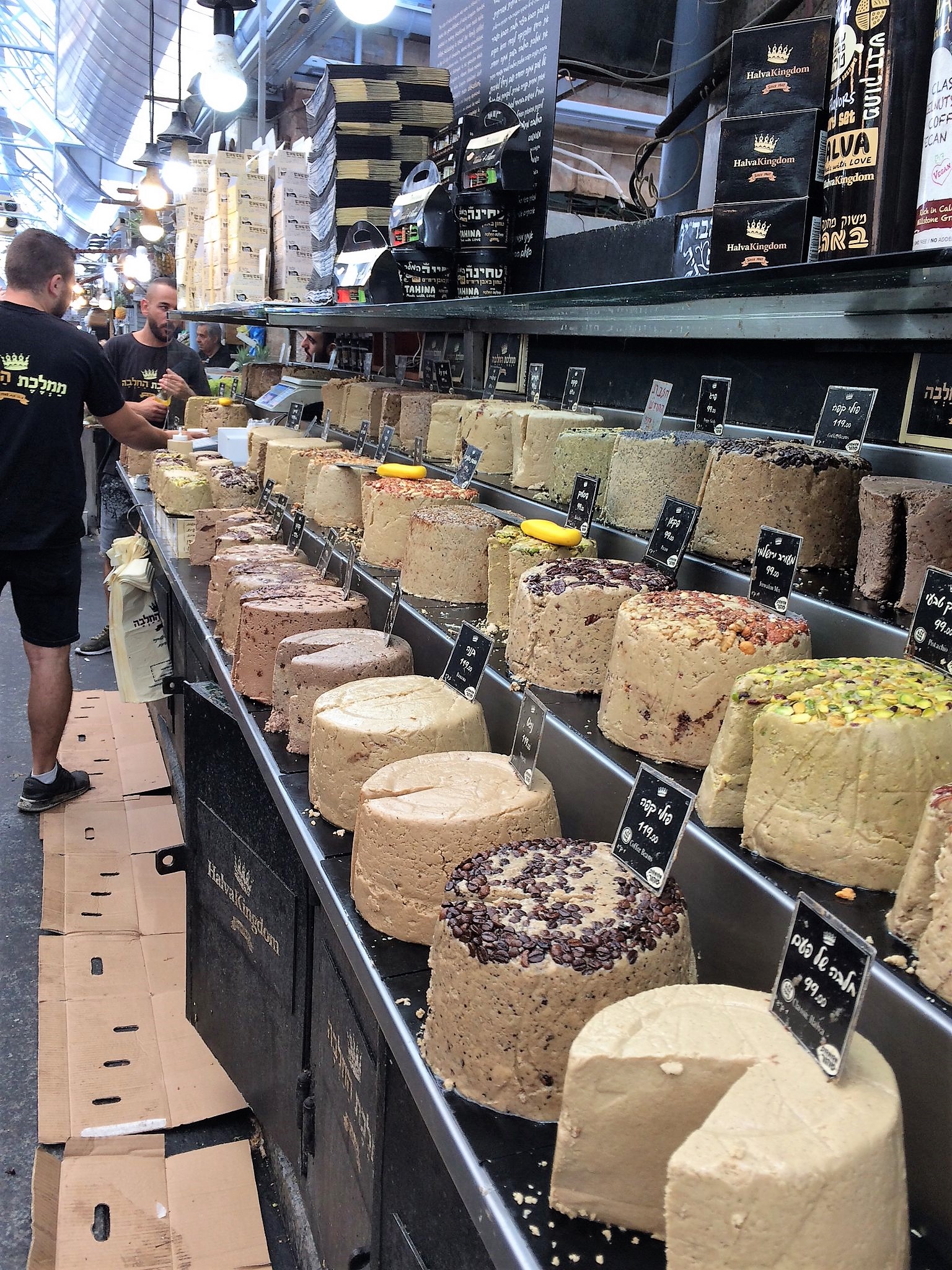

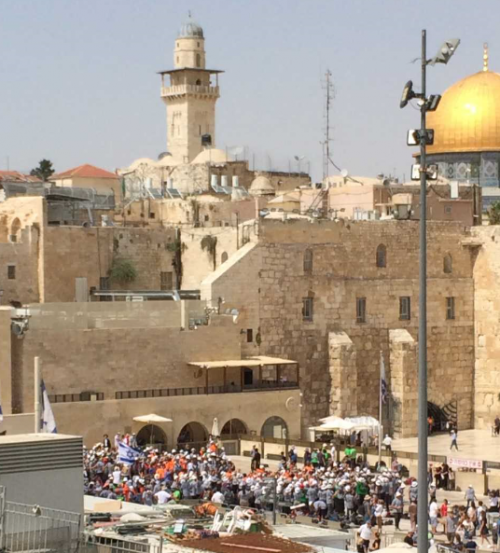
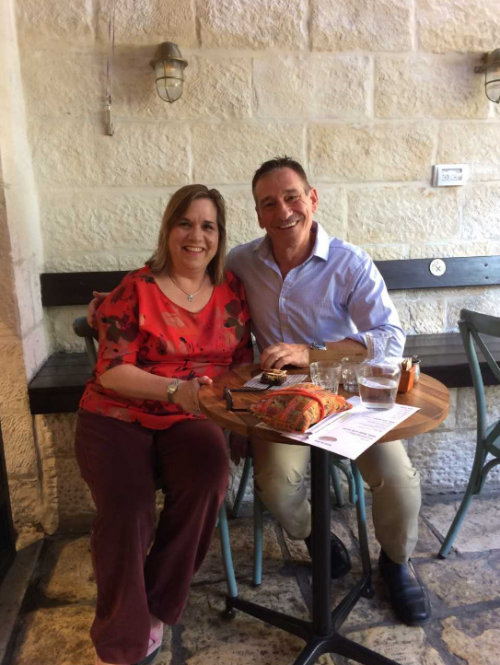


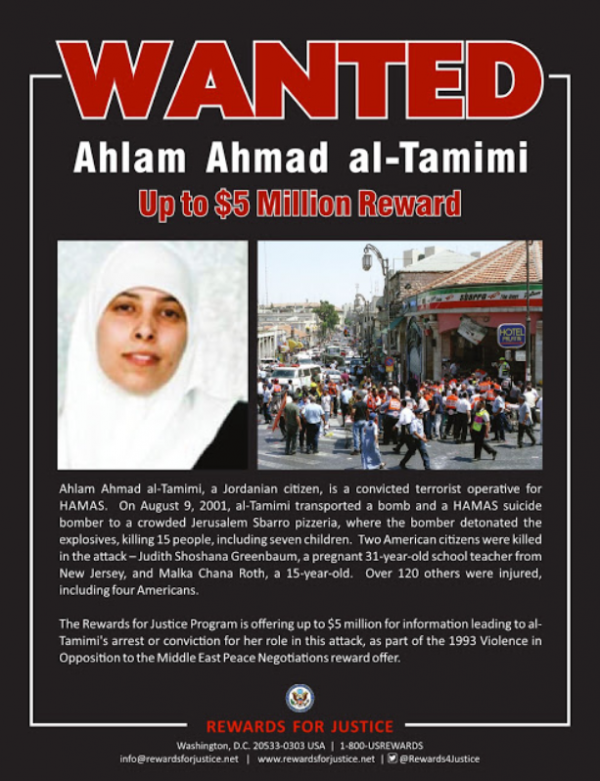
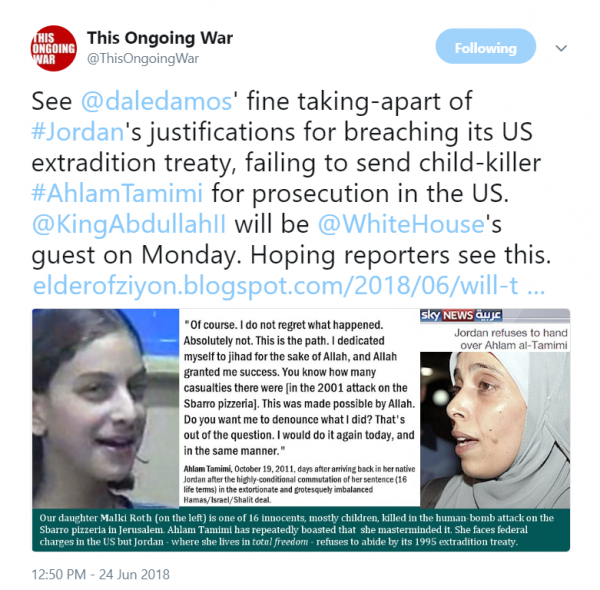

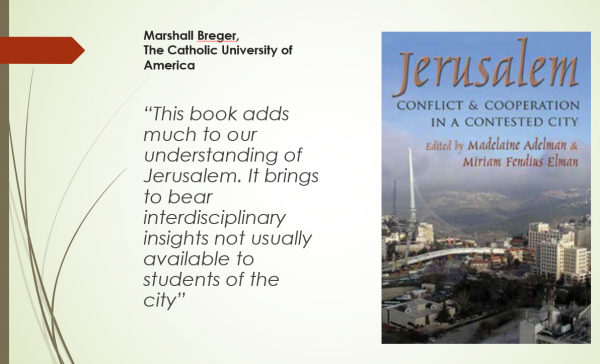



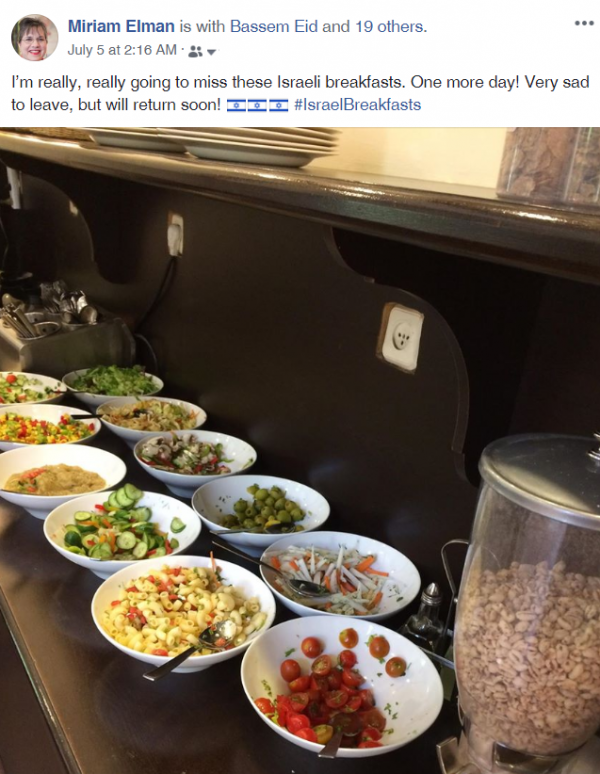







Comments
Thank you for that encouraging and uplifting report. I always enjoy reading your posts on L.I.
Thank you very much! It was a lot of fun to write up this travelogue, and I can now share my experiences with friends, colleagues and family too.
Thank you, a most illuminating report. Lots to take in.
Indeed. I can’t believe I packed all that in to 4 days. I know the city well, I think people who go for the first time will need a few more days to get acclimated and to see everything (e.g., Yad Vashem, Israel Museum, I’ve been many times to both so didn’t go back this visit). Yad Ben-Zvi was paying the bill, so 2 days were spent with them…
Israeli hotel breakfasts are one of the wonders of the modern world.
Agreed! This one was ample and about a quarter of the usual amount and variety that I’ve experienced at hotels and resorts in the past.
I think the reference to Herzl being buried in “holy ground” simply refers to the Land of Israel, not specifically to Mt Herzl.
The Kotel’s “sanctity” is rather like that which the 7th step on the staircase to the Cave of Machpela in Hevron had, before ’67; it’s the closest Jews are allowed to the actual site. Now that Jews can enter the cave, the 7th step is merely a historical curiosity; and once the Temple is rebuilt the outside of the compound’s western wall will be a similar curiosity.
That’s a fair point, but this scholar was trying to make the case that Mount Herzl took on a religious symbolism because Jews had no access to their actual holy sites. You can’t really see it well in the embedded image but the other two images are sign postings reminding people to act respectfully, in the way that you would at a holy place. Of course, what Israel should have been doing in these years after the 1948 war is demanding that Jordan abide by the armistice and allow free access for Jews to the holy sites (as you probably know, even Christian and Muslims Israelis were barred from going; Christians only once a year on Christmas).
Well, it’s a cemetery; of course respect is expected. Any cemetery is “holy ground” (did you never watch Highlander?). And since Israelis don’t do “respectful” easily, there are signs to remind them.
(Speaking of Highlander, according to the rules as they seem to emerge from the series, all of Israel would be safe ground for immortals, which makes one wonder why they don’t flock there.)
The Machane Yehuda Shuk is great for vegetables and I would also recommend King George Street just 2 blocks away and Geulah/Mea Shearim area near by. Check out the small stores for great bargains.
Miriam and Milhouse, I have seen some interesting articles speculating that the Temples (both first and second) were actually located south of the Mount, on another hill in the City of David to the south. In this theory, the Mount was actually the site of Fortress Antonia, the Roman garrison, and the Kotel is the Roman foundation and defense wall. If this theory were true, the actual site of the Temple is under Israeli control. The speculation is based on a close reading of Josephus and other contemporary sources.